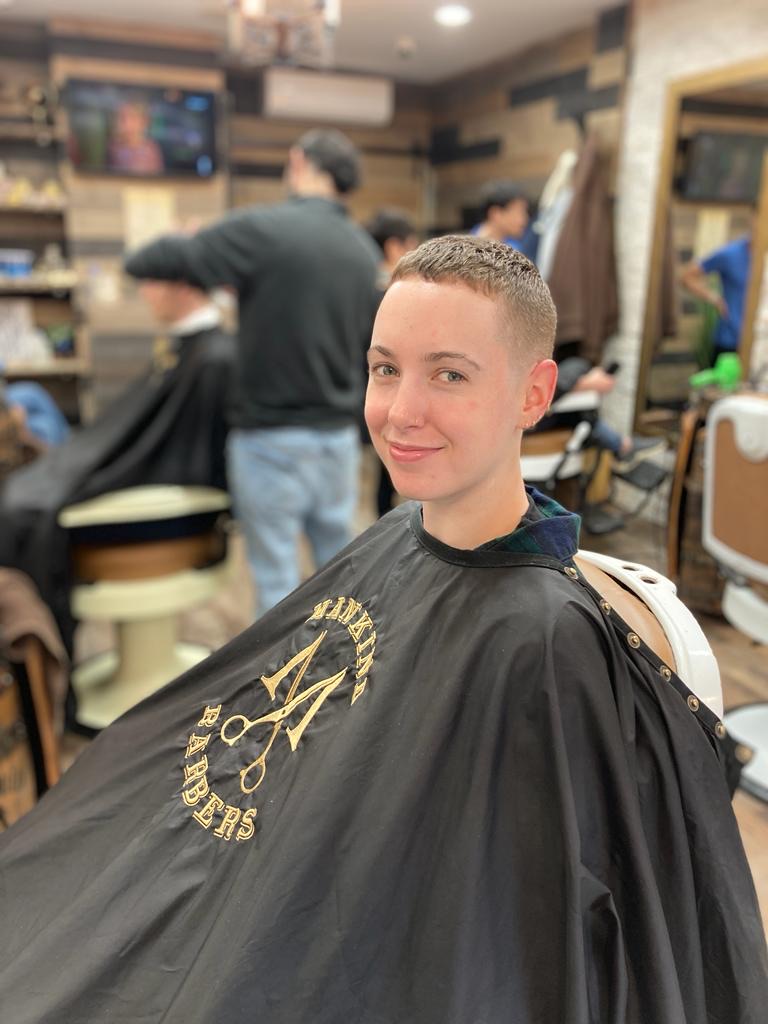Frequently Asked Questions
Clarifying shampoo typically contains key ingredients such as sodium lauryl sulfate, citric acid, and tea tree oil that effectively eliminate product buildup on the hair shaft and scalp. Sodium lauryl sulfate acts as a powerful surfactant, breaking down residual styling products like gels and sprays while also removing excess oils that can weigh hair down. Citric acid helps to balance pH levels in the hair while providing gentle exfoliation of dead skin cells from the scalp, enhancing overall cleanliness. Additionally, tea tree oil possesses antimicrobial properties that target dandruff-causing bacteria and fungi, promoting a healthier scalp environment. Together, these components work synergistically to prepare the hair for new styles by ensuring it is free from obstructions caused by previous applications of pomades or leave-in conditioners.
It is generally recommended to use clarifying shampoo about once a week or every two weeks leading up to a major haircut or color treatment. This frequency allows for the effective removal of product buildup, excess oil, and environmental impurities that can hinder optimal hair health and vibrancy. By incorporating this specialized cleansing method into their routine, individuals can ensure their strands are in peak condition before undergoing chemical processes such as coloring or texturizing treatments. However, it is crucial not to overuse clarifying shampoos since they may strip natural oils and moisture from the hair if applied too frequently, potentially resulting in dryness or damage. Therefore, maintaining a balanced regimen will help achieve refreshed tresses ready for transformation while preserving overall integrity and shine.
Using clarifying shampoo can potentially lead to damage if used excessively, as these formulations are designed to remove product buildup, excess oil, and impurities from the hair and scalp. The high concentration of surfactants in clarifying shampoos may strip away natural oils, leaving hair dry and brittle. To mitigate this risk before making styling changes or experimenting with new products, individuals should consider incorporating a deep conditioning treatment or hydrating mask following the use of a clarifying shampoo to restore moisture levels. Additionally, limiting usage to once every few weeks instead of frequent applications can help maintain optimal balance without compromising hair integrity. Utilizing leave-in conditioners and avoiding heat styling immediately after using such potent cleansers can further protect against potential damage while preparing for any desired transformations in hairstyle or finish.
Many barbers recommend specific brands of clarifying shampoos to achieve optimal results before hairstyling, focusing on formulas that effectively remove product buildup and impurities from the hair. Notably, Malibu C's Hard Water Wellness Shampoo is favored for its ability to detoxify hard water minerals while enhancing color vibrancy. Paul Mitchell’s Clarifying Shampoo Two is another preferred choice among professionals due to its deep cleansing properties that eliminate excess oil and residue without stripping essential moisture. Additionally, Neutrogena Anti-Residue Shampoo offers a potent solution for those looking to prepare their hair by removing lingering styling products, thereby ensuring better absorption of conditioners or serums used afterward. Barbers often emphasize the importance of using these specialized shampoos in conjunction with appropriate post-wash treatments to maintain hair health and integrity during the styling process.
After using a clarifying shampoo to remove product buildup and impurities, it is essential for individuals to follow up with a nourishing conditioner or treatment that restores moisture and enhances hair health. A deep conditioning mask containing hydrating ingredients such as shea butter, argan oil, or coconut oil can effectively replenish lost hydration while promoting elasticity and shine. Additionally, incorporating a leave-in conditioner enriched with protein complexes like keratin may help repair any damage caused by the cleansing process. Utilizing an intensive moisturizing treatment designed for color-treated hair can also be beneficial if transitioning to new hairstyles involving dyes or chemical processes. This regimen not only prepares the hair cuticle for styling but also ensures optimal manageability and protection against future environmental stressors.

